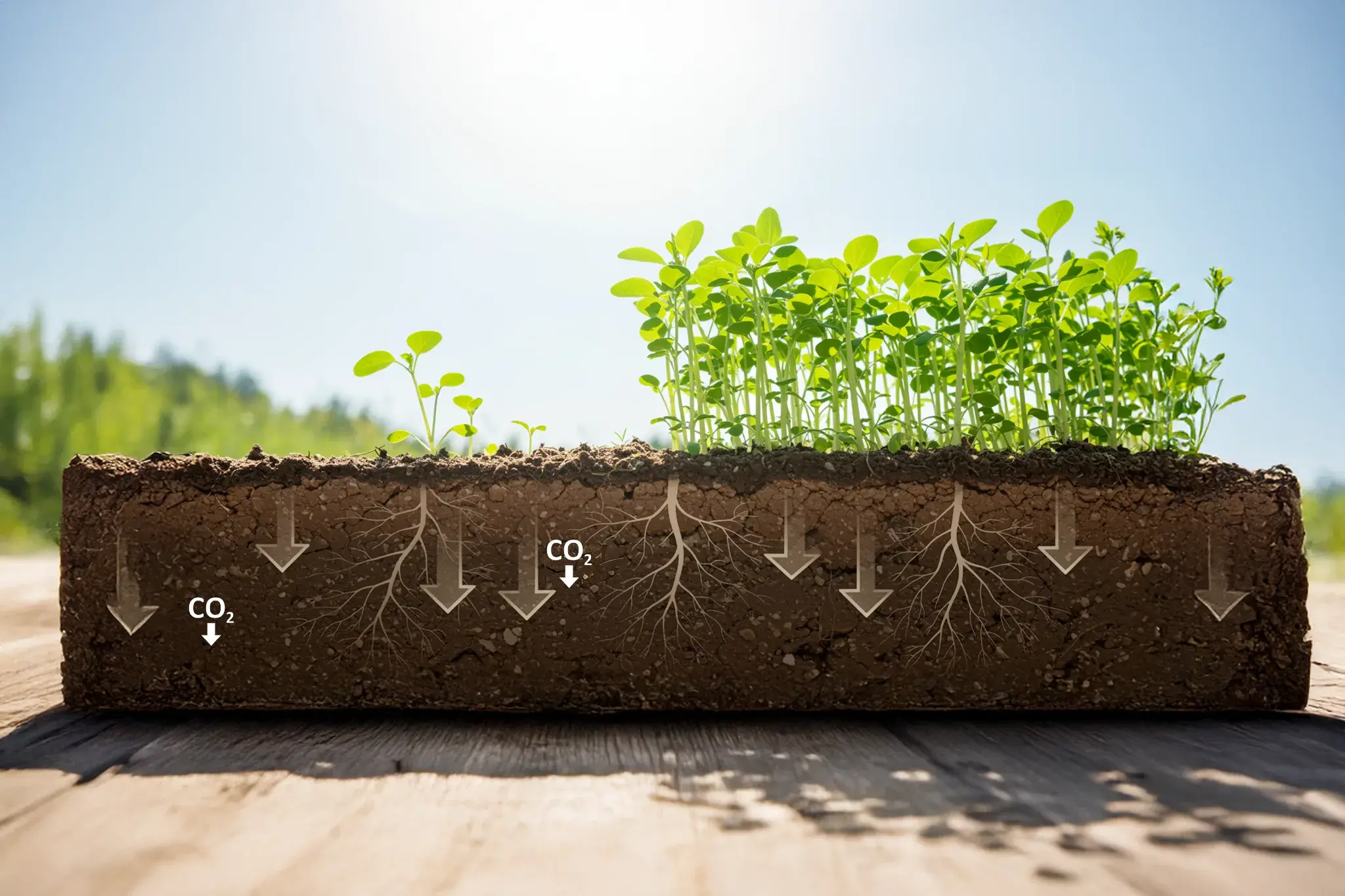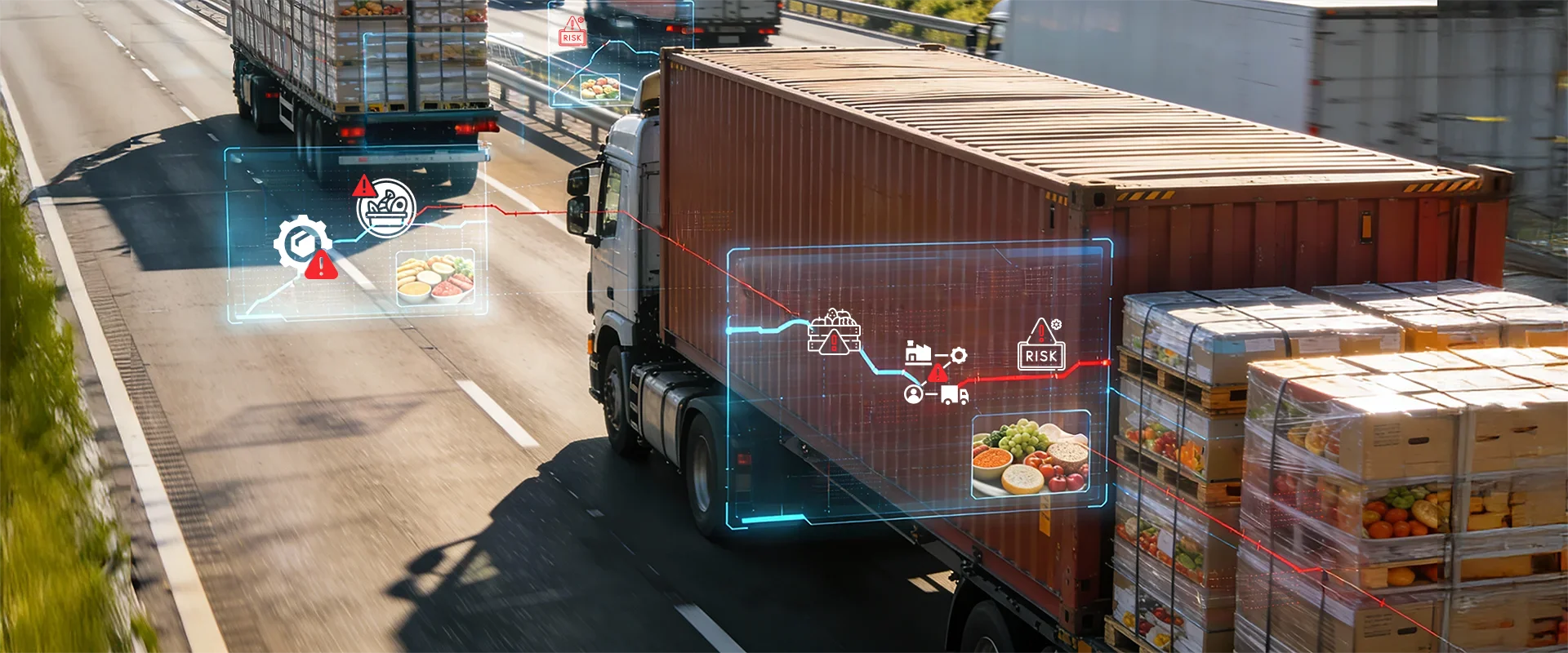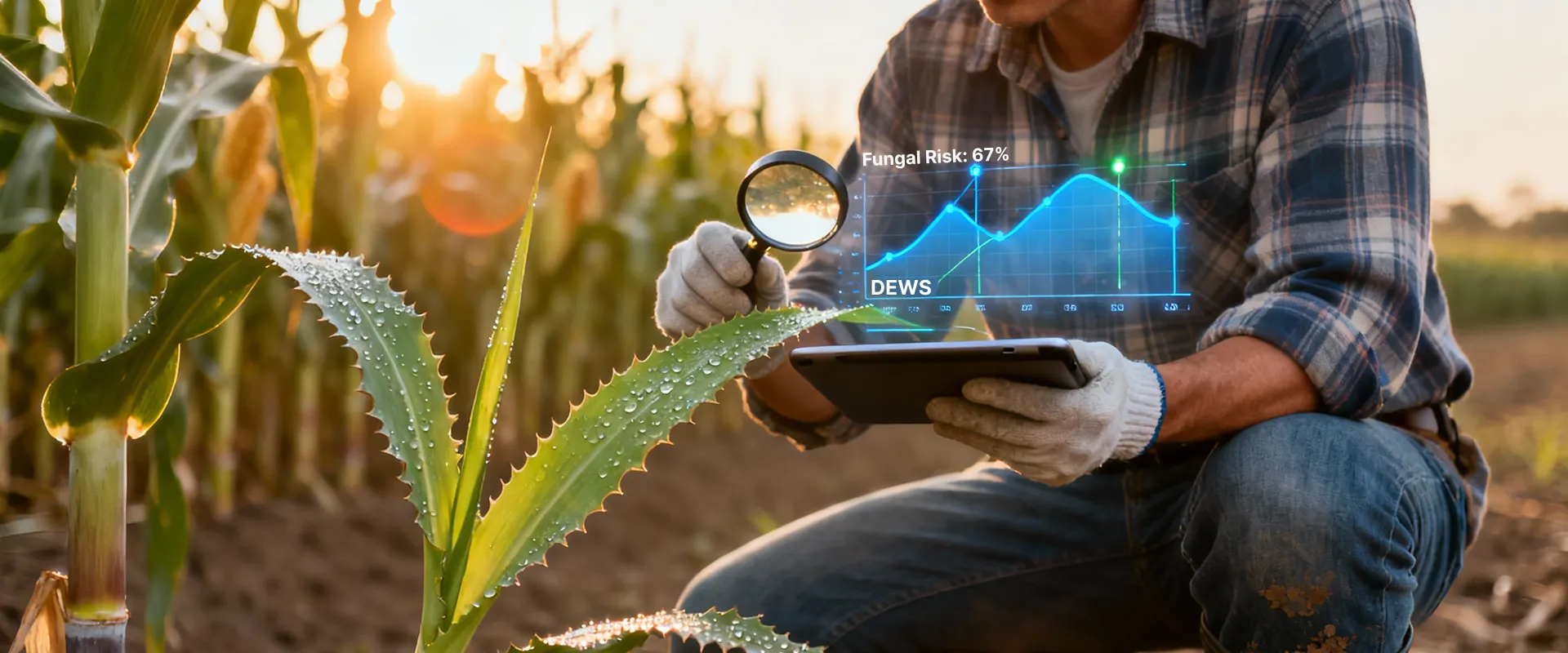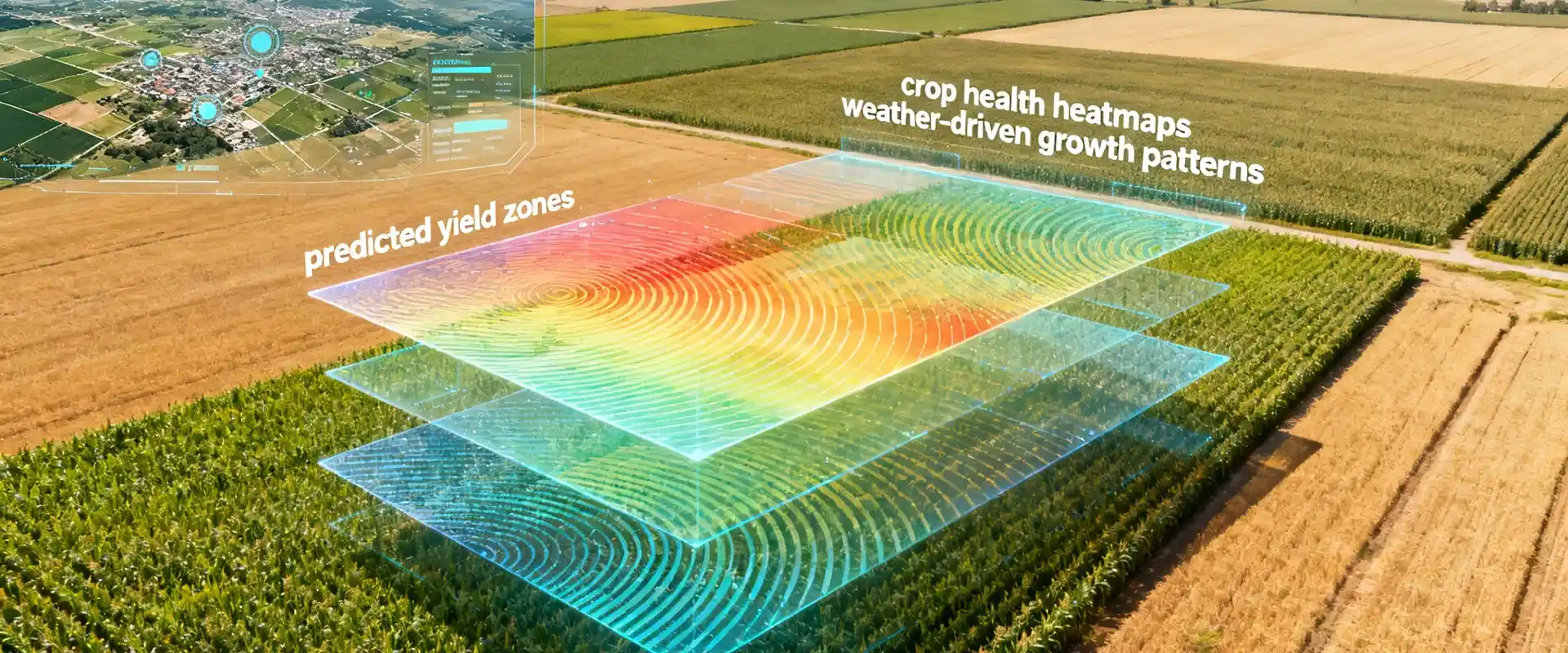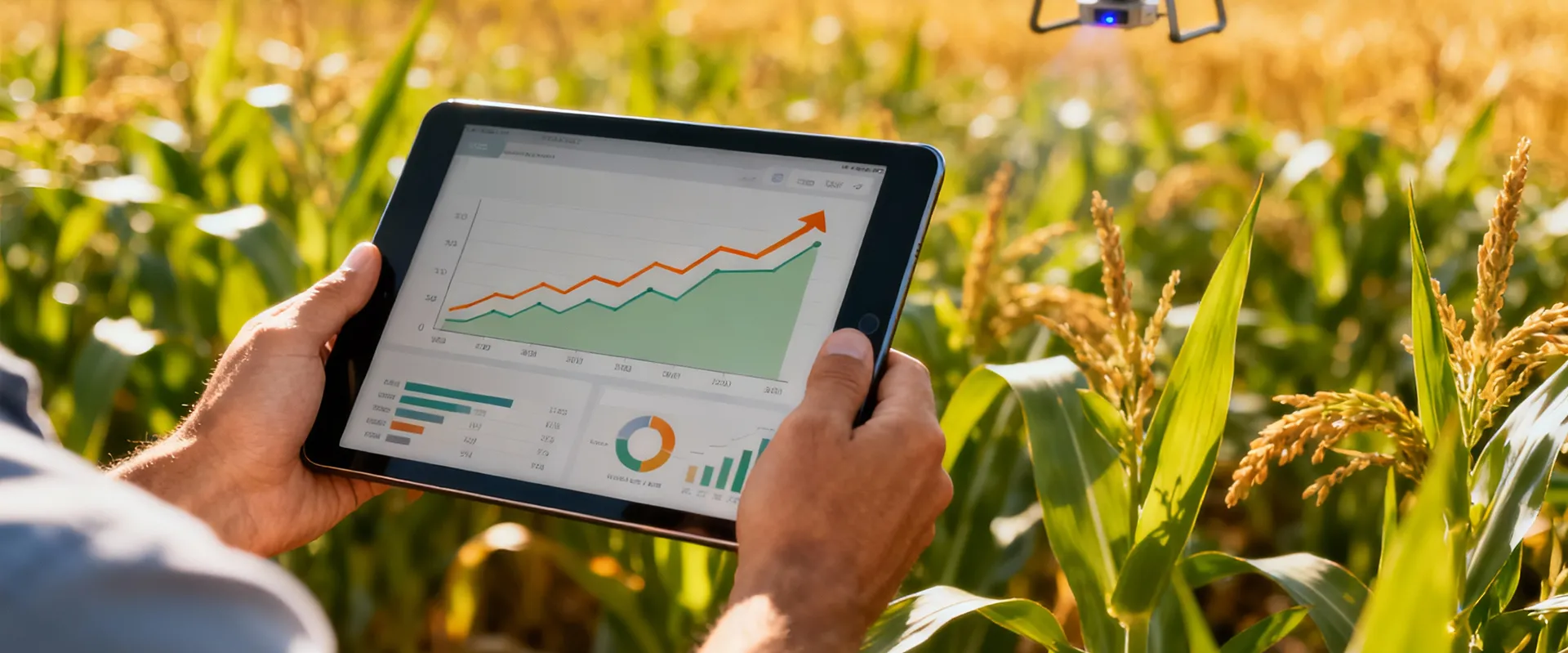Climate change is a serious and pressing issue that humanity faces in the world we live in. It has had a wide and visible effect on urban society, affecting a wide range of industries. Summers are hotter, winters are colder, and the ice caps in the poles have retreated considerably, all of which are induced by rising global temperatures. One of the primary drivers of this global warming effect, and climate change as well, is the rising levels of greenhouse gases (GHG), including carbon dioxide, methane, and nitrous oxides, in Earth’s atmosphere.
GHG emissions from human activities have increased over time and have wreaked havoc on our planet’s ecological equilibrium. Scientists have identified several indicators from around the globe that point to the cause and effects of climate change. The consequences of climate change triggered by GHG emissions include extreme weather conditions, rising sea levels, coastal flooding, increased threat to human health due to reduced air quality, indirect rise in the spread of diseases, and intensified wildfires.
Biosequestration- nature’s solution for a greener tomorrow
Carbon sequestration also known as carbon dioxide removal (CDR), is the long-term process of removing carbon dioxide from the atmosphere and storing it long-term in biological systems, geological formations, or industrial products. The process slows down atmospheric CO2 pollution and possibly reverses global warming. Some of the effective methods include afforestation or reforestation, bioenergy with carbon capture and storage (BECCS), agricultural techniques that increase soil carbon storage, and the use of CO2 in biofuels, chemical polymers, and building materials.
The specific term for the potential or the use of soil, land use, land-use change, and forestry to reduce the greenhouse effect is soil carbon sequestration. In agriculture, the process is also termed “carbon farming” or “regenerative agriculture”, and comprises diverse methods to manage farmland in a way that soils and vegetation can increase the absorption and storage of carbon.
According to a special report by the United Nations (UN) Intergovernmental Panel on Climate Change (IPCC), soil carbon sequestration in croplands and grasslands is one of the options with the highest potential for CDR where up to 8.6 gigatonnes of CO2, or more than the 20% of current greenhouse gas emissions, can be sequestered annually as carbon locked away in the soil. On the other hand, agricultural and livestock management could mitigate up to 3.4 gigatonnes of CO2 every year. An additional benefit of this process is that with the increase in soil carbon, soil fertility also improves. Therefore, nutrient retention becomes more effective, the soil can hold moisture for much longer, and its density is reduced.
How does biosequestration work?
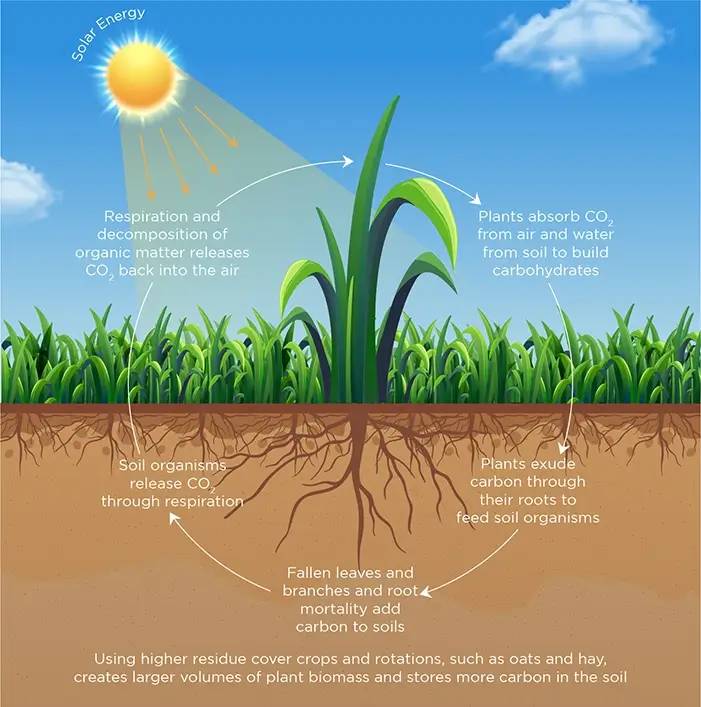
Biosequestration and carbon credits- incentives for a positive change
The origin of Carbon Pricing and Carbon Credits goes back to the UN Framework Convention on Climate Change (UNFCCC) that took place in Japan in 1997. The world’s nations reached an agreement that an effective way to reduce CO2 and other GHG emissions was by way of carbon credits. While the convention encouraged industrialized nations to stabilize their GHG emissions, the Kyoto Protocol that was adopted that year committed them to do so. Under this protocol, which has been approved by 192 countries to date, 37 industrialized nations, along with the European Community, committed to cutting down their emissions.
In the agri-sector, several companies globally have implemented the carbon credit mechanism, where they incentivize farmers for adopting climate-smart agriculture. These projects educate farmers on and promote sustainable agricultural land management practices for soil carbon sequestration, such as cover crop planting, tree planting, no-tillage farming, precision nitrogen use, and returning organic material to the cultivated farmlands. Not only do these practices contribute to environmental benefits by improving soil carbon storage, but they also generate socio-economic benefits for the farmers by increasing their harvests and, hence, their profits.
There are many ways farmers benefit monetarily from these projects. For instance, Bayer AG’s Crop Science Division is rewarding nearly 1,200 farmers in the US and Brazil with half a million acres of land between them for adopting climate-smart practices. US-based global food corporation Cargill has dedicated resources to support farmers who adopt regenerative agricultural practices and is seeking avenues for farms to profit from their efforts to sequester carbon. Syngenta Foundation, on the other hand, is engaged in projects in Zambia and Kenya, supported by the World Bank’s BioCarbon Fund. Syngenta, through its Good Growth Plan, also works with farmers to measure and enable carbon capture and increase soil health by way of climate-smart agriculture practices.
The limitations associated with biosequestration
Measuring and verifying carbon sequestration
Limitations on amount of carbon sequestered
The future of biosequestration
New technologies
Ongoing research and development are focused on finding new and innovative ways to enhance the potential of biosequestration. This includes developing new technologies for measuring and monitoring carbon sequestration, as well as new approaches for enhancing the efficiency of biosequestration activities.
Approaches for enhancing biosequestration
Researchers are also looking at ways to enhance the effectiveness of biosequestration through the use of genetic engineering, precision agriculture, and other advanced approaches. These developments hold great promise for increasing the potential of biosequestration to mitigate the effects of climate change.

